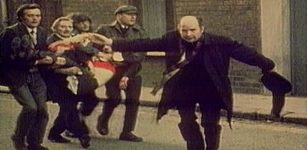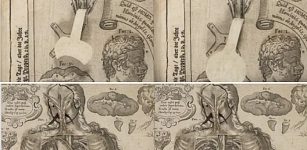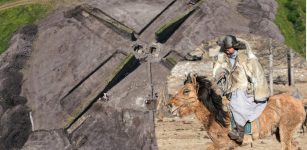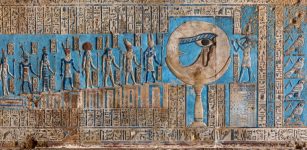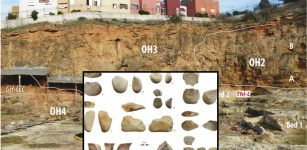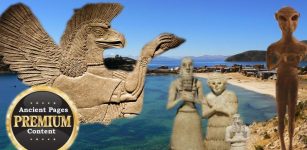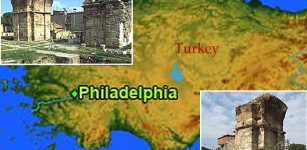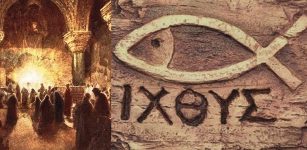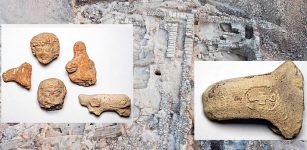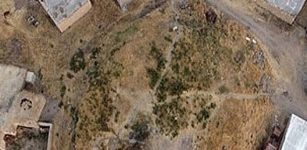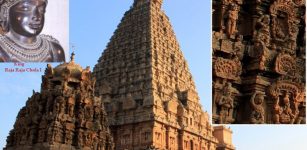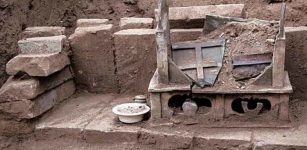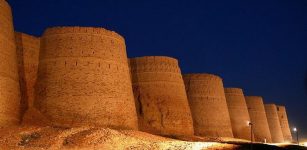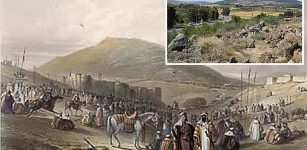U.S. Bible Museum Says Five Dead Sea Scrolls Fragments In Their Collection Are Fake
AncientPages.com - Five of the 16 Dead Sea Scrolls fragments in the collection of the Washington-based Museum of the Bible, are fakes, according to a series of tests performed by German researchers.
The museum said in a press release that it had sent the five fragments in question to Germany's Federal Institute for Materials Research and Testing (BAM) after independent researchers had questioned their authenticity.
A series of tests have revealed the five fragments show characteristics inconsistent with ancient origin and therefore will no longer be displayed at the museum.
“Though we had hoped the testing would render different results, this is an opportunity to educate the public on the importance of verifying the authenticity of rare biblical artifacts, the elaborate testing process undertaken and our commitment to transparency,” said Jeffrey Kloha, Ph.D., chief curatorial officer for Museum of the Bible.
“As an educational institution entrusted with cultural heritage, the museum upholds and adheres to all museum and ethical guidelines on collection care, research and display.”
In April 2017, the Museum of the Bible sent five fragments to the BAM, where the artifacts were tested for 3D digital microscopy and material analyses of the ink and sediment on the papyrus were also performed.
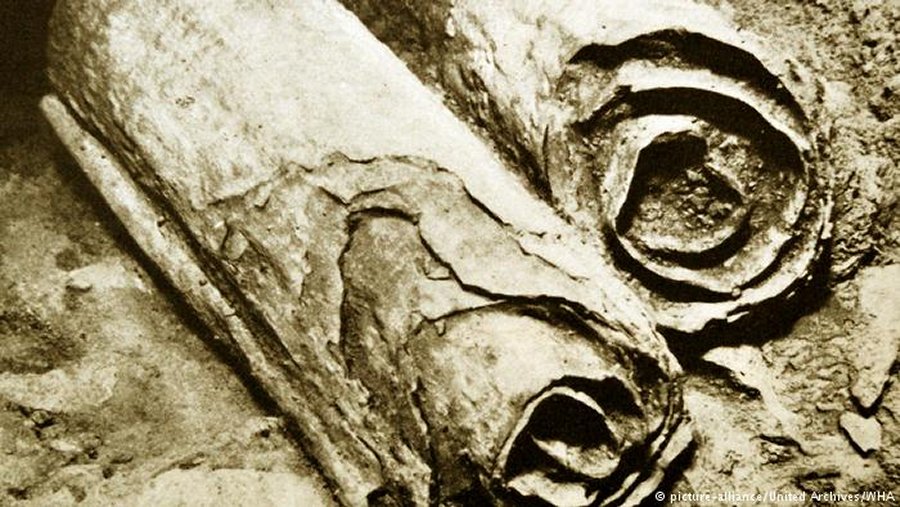
Ancient fragments known as the Dead Sea Scrolls found in cavers near the body of water Credit: picture alliance/United Archives/WHA
CNN reports that scholars have theorized that forgers write on top of ancient scraps of papyrus or leather, making the scrolls appear authentic until the ink is tested. Their recent report regarding the tested scrolls "further raises suspicions about the authenticity of all five fragments."
Before the Dead Sea Scrolls were discovered 70 years ago, the earliest and most complete version of the Hebrew Bible was from the 9th century. But then Bedouin shepherds stumbled on the scrolls, hidden away for nearly 2,000 years in caves in Qumran, on the western shore of the Dead Sea.
The discovery was so vast, with more than 900 manuscripts and an estimated 50,000 fragments, it took six decades for scholars to excavate and publish them all.
See also:
Qumran: The Dead Sea Scrolls And Their Connection To Enigmatic Essenes
The Israeli Antiquities Authority keeps a tight hold on most of the Dead Sea Scrolls, displaying them in the Shrine of the Book in Jerusalem. For decades, it was almost impossible for private collectors to get their hands on even scraps from the famous archaeological find.
But in 2002, new fragments began mysteriously appearing on the market. The Greens bought their fragments between 2009-2014. At the time, they were deeply involved in the antiquities trade, amassing a collection of some 40,000 artifacts.
Some scholars accused the Greens of buying too many artifacts too quickly, without being sure exactly where they came from, or who had owned them in the past.
"They made it widely known that they were buying everything," said Joel Baden, a professor at Yale Divinity school and co-author of "Bible Nation," a new book about the Greens.
"Every antiquities seller knew the Greens were buying everything and not asking questions about anything."
Steve Green told CNN that he wasn't sure who sold his family the Dead Sea Scroll fragments, adding that "there's been different sources, but I don't know specifically where those came from."
AncientPages.com
Expand for references


